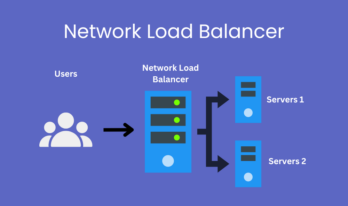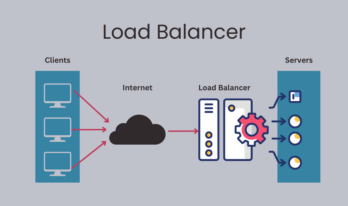The support for Windows Server 2008 coming to an end in 2020, ahead lies a great opportunity knocking at the door to modernize application and infrastructure by embracing the power of Azure.
Even though migration is not the overnight process you can start your digital transformation journey.
What is Azure?
Azure is a Microsoft platform proving a set of cloud services like computing, networking, analytics, and storage to help your organization meet your business challenges.
Being considered as both IaaS and PaaS helps organizations to develop and scale new applications or use it as a back-up for disaster recovery thus making it a favorite tool and framework for many organizations.
How to Migrate Windows server?
Azure site recovery provides easy migration for all data, applications, and even your operating system in just a few steps.
All that is required is an account in Azure subscription where one can recover the data by replicating servers to storage accounts.
While the Azure site recovery feature lets you replicate all your data, apps move to Virtual machines or physical servers, where it will be making the migrating process easier.
Tips and Tricks for Migration:-
Assess Your workload
It is crucial that you complete a full assessment to determine what workloads you have, where they are installed, what dependencies they have, and which are the best candidates for migration to Azure.
Microsoft Assessment and Planning Toolkit
Using Microsoft Assessment and Planning (MAP) Toolkit for migration. The MAP is an agentless, automated, multi-product planning and assessment tool designed for faster and easier desktop, server, and cloud migrations.
Azure Migrate
The Migrate service helps you evaluate on-premises machines for migration to Azure.
Organizing your workloads
Organize your inventory into four basic categories of workloads and apps in order to set the pace and course for your migration, including Custom applications, Microsoft applications, Microsoft-partner applications, and Servers that run key workloads.
Third-party migration tools
For a wider range of supported virtual machines, there are third-party tools that use replication to migrate VMs with no impact to the original source machine.
This enables automation in the migration of even the most complex workloads without downtime, disruption, or data loss.
Benefits of Migration to Azure
- Microsoft has announced free security updates for 3 years
- Free assessment for your migration.
- Use existing Windows Server licenses.
With Windows Server 2008 services coming to end the migration can enable digital transformation and let you take advantage of Azure Hybrid Benefit.
You may also like to read:-
Best practices when migrating Windows Server




